Rare Vs. Bullion Coins | 2024 Investment Comparison
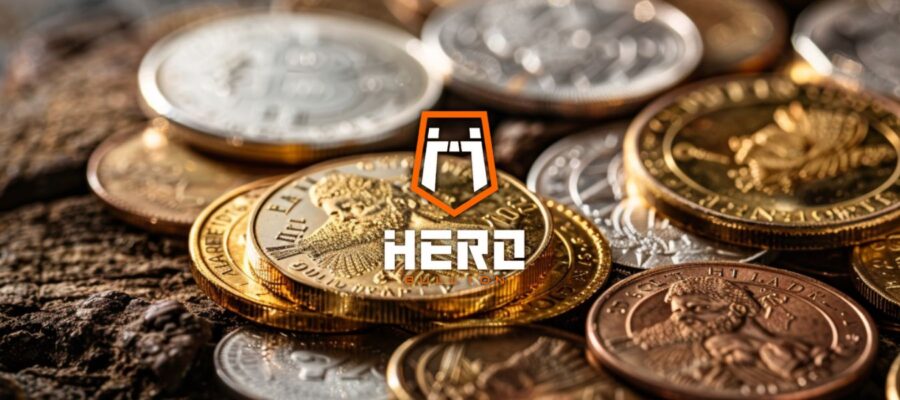
At a Glance:
-
- Rare coins are numismatically valuable and come with high premiums.
- Bullion coins tend to be cheaper, but they’re value-dependent on the metal market.
- Rare and bullion coins both have their places in a diversified precious metal portfolio.
Rare Vs. Bullion Coins – What’s the Better Investment?
Rare and bullion coins are two different ways to invest in precious metals. What’s the difference? Rare coins are valued for their limited mintage and collectability, but bullion coins are valuable primarily for their precious metal content. There’s sometimes overlap between bullion and rare coins. Certain modern bullion coins are minted in limited numbers, making them rare collectables.
What’s the best way to invest in gold, silver, and other precious metals? The answer depends primarily on your investment objectives and preferences. Rare coins are great for investors who appreciate the beauty and diversity of old, low mintage products. Bullion coins shine for stackers who are more concerned with scoring good deals on low-premium precious metals.
What Counts as a Rare Coin?
The term “rare coin” is sometimes nebulous and confusing. Generally, rare coins are coins that carry substantial collectable value beyond their precious metal content. Rare coins can come from any sovereign mint and nearly any era. Generally, rare coins are very old. The rarest coins in the world were minted decades or centuries ago.
Rare coins are usually marked by an extremely low mintage. Mintage refers to how many of a given coin were made during a particular year. Coins that have a low mintage often become more valuable over time because of their rarity. This is especially true for coins kept in fantastic condition. Some rare coins in near-mint condition can be worth hundreds of thousands of dollars.
Bullion Coins Defined
It might be helpful to define rare coins in contrast to bullion coins. Rare coins are valued for their collectability and low mintage, but bullion coins are sold primarily for their precious metal content. One popular bullion coin is the American Gold Eagle, which is America’s national gold bullion coin.
While bullion coins like the Gold Eagle come with a premium over spot price, they’re not sold at the same markup as the rare coins that numismatists trade and study. This is because bullion coins sold for a combination of a premium fee and their precocious metal melt value.
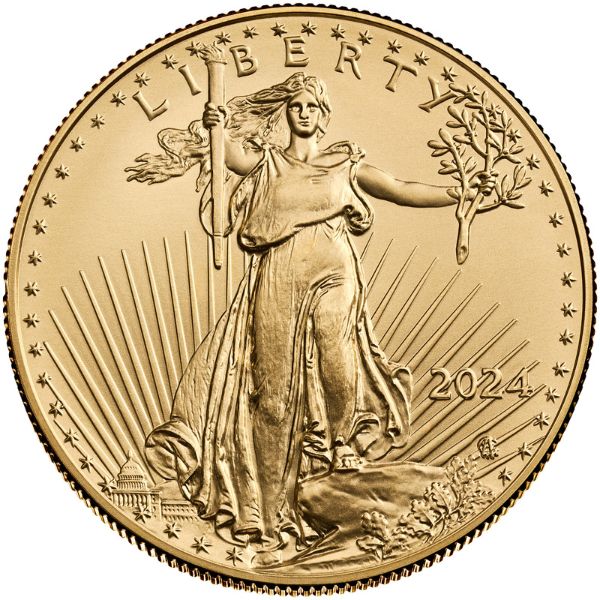
Comparing Rare Vs. Bullion Coins
The differences between rare and bullion coins can give investors insight into which coin type is best for their collections. Rare coins offer numismatic value but come with higher premiums over spot price. Bullion coins, on the other hand, are not very collectable but are sold at significantly lower premiums.
Rare coins are typically the preferred investment vehicle for collectors who appreciate numismatically valuable, collectable products. Budget investors looking for as much metal as possible for their money gravitate toward bullion coins.
Below, we’re taking a closer look at the key differences between investing in rare vs. bullion coins.
Rare Coins Offer Numismatic Value
Rare coins are numismatically valuable. Numismatic value means that a bullion product is worth more than its precious metal content for collectability reasons. Rare coins are often minted in limited numbers and are extremely old. Over time, the number of well-maintained specimens of a given coin decreases.
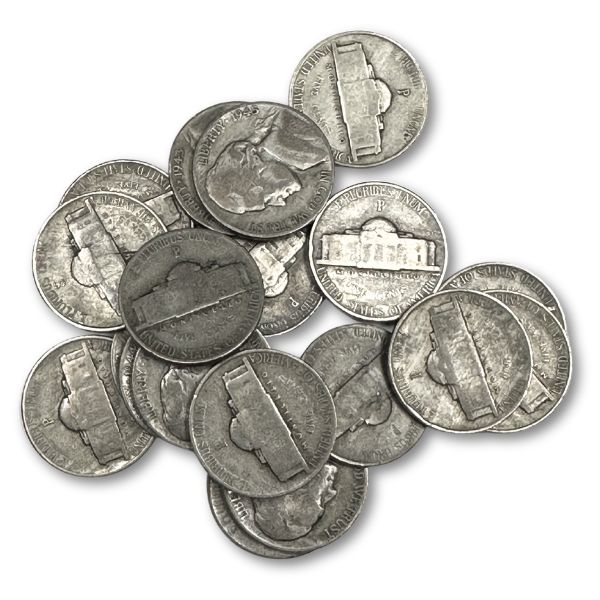
Over decades or centuries, some coins can appreciate considerably in collectable value. We call this numismatic value – the extra bit of money that investors are willing to pay for a rare item to add to their collections.
Numismatic value is fantastic for a diversified portfolio. When investors stack numismatic products, they can sometimes profit during bear metal markets. When the market takes a dive, bullion coins become less valuable because they are value-dependent on the price of the metal they’re made out of.
Rare coins, on the other hand, can still appreciate in value during periods of falling metal prices. Especially valuable rare coins become more expensive as they age. Even when their underlying metal depreciates, a true numismatic coin may keep diversified portfolios in the green.
The Downside: High Buy-In Costs
Numismatic value is a two-way street for gold and silver stackers. While adding rare coins can keep an investor’s portfolio well-diversified in a difficult market, they also cost more to buy initially.
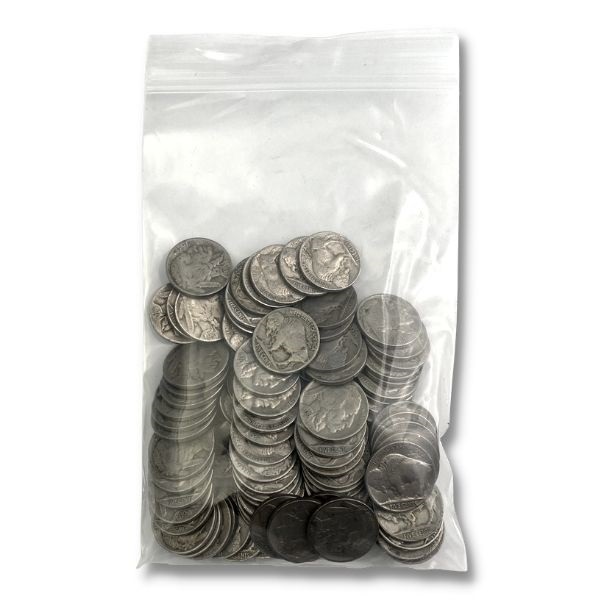
Whether rare coins are worth the higher buy-in price is entirely up to you. The numismatic value of a rare coin is something you’ll have to pay when you first buy the coin, but you also may make this money back – and more – when you choose to sell.
Bullion Coins: Low Premiums With Limited Collectability
Bullion coins don’t generally offer much numismatic value, but they’re also cheaper to buy.
Most pure bullion coins are sold at only a small markup over their precious metal melt value. Like with numismatic coins, investors who stack bullion are likely to recoup their premium costs when they’re ready to sell.
Bullion coins aren’t as numismatically valuable as rare coins, though. Certain rare, limited mintage bullion coins might be rare, but this is uncommon. For the most part, expect the value of a bullion coin to be almost entirely dependent on the current spot price of the precious metal it contains.
Liquidity Concerns: Are Bullion Coins Better Than Rare Coins?
Liquidity is also an important concern for investors comparing rare vs. bullion coins. Both bullion and rare coins can be easy to resell, but bullion coins are a better liquidity call for new investors. Bullion coins like the American Gold Eagle are always in style, so it’s never hard to find a buyer.
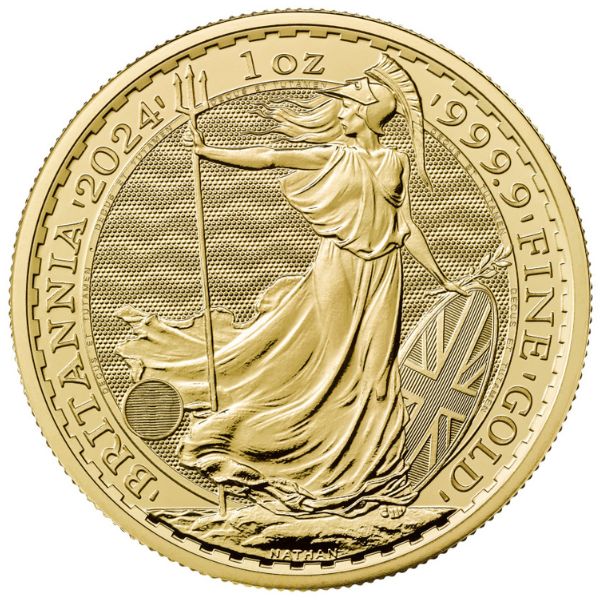
Rare coins can also be easy to sell, but selling a rare coin comes with a bit more work. Rare numismatic coins should be graded before sale. Condition is an important factor in a product’s value, but it’s especially integral for rare coins. Rare coin values can vary by several thousand dollars, depending on a given coin’s official grade/condition.
In short, bullion coins are generally better for high-liquidity portfolios because they’re easy to sell quickly.
Comparison Chart: Contrasting Rare Vs. Bullion Coins
Check out the chart below to contrast the benefits and drawbacks of rare vs. bullion coins.
| Rare Coins | Bullion Coins |
|---|---|
| Variable Purity | High Purity (Often .999-.9999) |
| High Numismatic Value | Minimal Collectable Value |
| Expensive to Stack | Lower Numismatic Fees |
| Value Depends on Rarity | Value-Dependent on Metal Content |
Which Type of Coin is Best for Investing?
Are bullion coins better than rare coins for precious metal investing? There’s no clear-cut answer. Bullion coins are the better call for investors concerned about savings and liquidity, but rare coins offer high numismatic value and collectability.
We recommend stacking a combination of rare and bullion coins. Diversifying your precious metal portfolio with several types of bullion is never a bad thing. Rare coins carrying substantial numismatic value can hedge your portfolio against downturns in the metal markets. The counterbalancing role of rare and bullion coins is a cornerstone of portfolio diversification.
Factors For Investors to Consider
Investors comparing rare and bullion coins should consider several factors before making their decision. Personal preference, liquidity/market conditions, budget, and portfolio diversity can help stackers decide if rare or bullion coins are right for them.
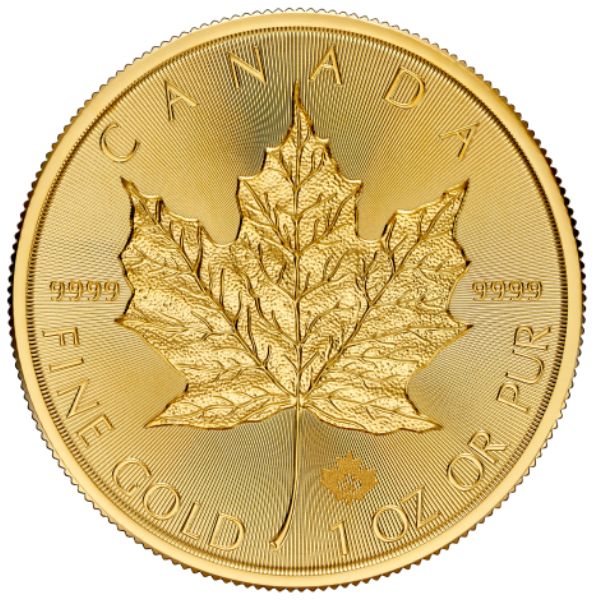
Personal Preferences
Personal preference is one of the most important factors in deciding which bullion products to buy. When you buy precious metals, it’s not just about investing. For many stackers, collecting gold and silver coins is a way to express themselves. Only you can decide which of the two most popular categories of coins are best for you.
Rare and bullion coins are both beautiful vehicles for stacking precious metals, but they come with serious visual differences. Modern bullion coins are certainly intricate and fun to collect, but they don’t offer the antique, vintage look of a rare coin. Many rare coins are also sold in conditions less than Brilliant Uncirculated (BU), which adds to their old, weathered look.
Visual preference isn’t everything, either. Some investors love the thrill of getting a coin professionally graded and negotiating sale prices with a buyer. Others appreciate the simplicity of selling a common – but valuable – gold or silver bullion coin.
Consider both visual and liquidity preferences before settling on which type of coin is best for your investment portfolio.
Liquidity and Market Conditions
Liquidity and general market conditions should also play a role in which products metal investors decide to buy. Like we discussed earlier, bullion coins are a fantastic choice for stackers who prefer high liquidity investments. Market conditions are another factor to consider before deciding on rare vs. bullion coins.
During times when precious metal prices are high, rare coins are a good way to stock up on valuable coins without fighting sky-high premiums. Bullion coin premiums tend to be highest when metal prices are up, since more investors compete to find their favorite bullion coins. While investors fight over the new American Gold Eagle, consider putting your money into a numismatic classic.
When metal prices are low, bullion coins really begin to shine. Especially during periods of low prices and demand, investors can get their hands on backdate Gold Britannias and other gold coins for very cheap.
Budget – Are Bullion Coins Cheaper Than Rare Coins?
Bullion coins are sometimes cheaper than rare coins. The price difference between rare vs. bullion coins depends primarily on the specific coins being compared. Some rare coins are worth tens of thousands of dollars beyond their melt value. Others sell for relatively cheap.
As a general rule, expect to pay smaller premiums over spot price for bullion coins than for rare coins. Rare coins and bullion coins both come with premiums, but rare coins are also sold at an added numismatic markup because of their collectability. This makes bullion coins a better call for investors who want to save money while stacking precious metals.
Portfolio Diversity – Why Not Stack Both?
For a diversified portfolio, experts recommend stacking a variety of different gold and silver products. Diversification doesn’t stop at the type of metal you choose to buy. Combining rare and bullion coins can give you multiple paths to profit. Bullion coins appreciate when spot prices increase, but rare coins climb in value – even when the market takes a dive.
Rare coins or bullion coins – why not both? Smart investors use diversification to build multiple paths to profit into their portfolios.
What’s the Best Way to Stack Bullion?
Are rare or bullion coins the better investment? Ultimately, the answer depends on your preferences and investing objectives. Stacking a combination of rare and pure bullion coins can make your portfolio more diverse and profitable.
You might also be interested in:
- Are Palladium Coins a Good Investment? | 2024 Analysis
- Gold or Bitcoin – Comparing Two Nontraditional Investments
- Here’s Why You Should be Buying Fractional Gold
About The Author
Michael Roets
Michael Roets is a writer and journalist for Hero Bullion. His work explores precious metals news, guides, and commentary.
